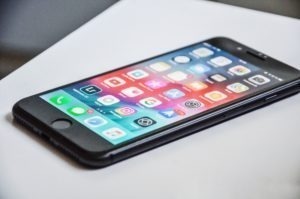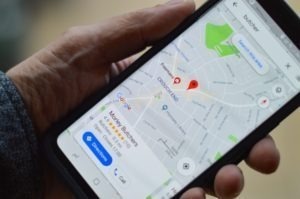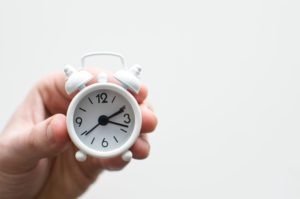Why should you optimize your campaigns?
For most CMOs and Marketing Specialists, this question might be a no-brainer. The main reasons are to save on marketing spending and to improve ROI or, more directly, ROAS (return on ad spend).
Spending dollars, euros, or francs on boosting a marketing campaign with only to have a poor outcome and low conversion rates is a nightmare for every marketer. Targeting the wrong customer base, adding to the budget for the wrong keywords, using the wrong social media channels—there is a lot you can do wrong. The minimal ROI you should receive is at least more than one dollar for every dollar you invest.
Even though the main focus of every marketer is to improve ROI, there are other sub-goals a marketer should meet in order to reach the main goal. Your sub-goals most likely include satisfied customers since only happy customers will continue to buy your products and services as well as spreading the word about your brand and giving good recommendations.

Think about this beforehand
Marketing-campaign-related processes have become more and more complex, and state-of-the-art campaigns are optimized for specific platforms and circumstances. Therefore, we have listed a few important points that you need to take into account in the Campaign optimization process.
You should take care of:
Specific devices
Yes, a campaign looks and feels different on a big screen on your computer than on your small mobile screen. Detailed optimization for each specific device is important to take into account for your content, such as the landing page, the emails you send out as well as the ads you publish.

Specific content
The usage of different devices leads us directly to the fact that users read differently on mobile phones, tablets and laptops/PCs. Keep this in mind when creating promotional content for your target audience.

Specific location
Regional aspects of your target audience are important to take into account. Example: People in cold northern regions will have different needs and expectations for your fashion shop than customers in warmer regions.

Specific time
Not only seasonal aspects matter. The exact time of day also might be important.

Competitors
Competitors might be in the same market with a similar USP, similarly targeted segments or similar messaging in a promotion. This is important to take into account especially when putting out promotions to avoid high cost-per-ratios on impressions, for instance, when targeting similar keywords.

Trying things out is important
If it’s hard for you to estimate and predict how your marketing campaign will likely perform or you simply have no valuable information beforehand, then try things out.
Start with a smaller budget, check click rates, conversion rates and all the parameters that are relevant to you. It is better to experiment a bit first, for example, with A/B testings. You can run different versions of your campaign with different wordings, different images or videos and see which works better for your target audience and at what cost. Based on that, you can slowly but surely optimize your campaign and find out what your customers need or prefer. Once your conversion rates reach a level that works for you, come up with the budget. Usually, 10% of an overall campaign budget should be targeted toward this “trial” phase.
This is the manual way of executing campaign optimization processes and is for certain time-consuming and error-prone. Nevertheless, tools to help you improve your campaign performance and make your campaign optimization a painless journey already exist.

Artificial intelligence based on experience
This trial-and-error method has a lot of potential since it constantly improves your campaigns even when other aspects of marketing change—such as trends or events in certain regions. Modern campaign optimization tools often have integrated, intelligent, self-optimizing functionalities. For example, nexoya has a campaign optimization feature and uses predictive machine learning techniques that help to improve marketing campaign budgets by optimizing allocation to the best-performing campaigns.
Based on all the metrics and configurations of your existing marketing campaigns as well as historical data, the software creates a predictive artificial intelligence model/algorithm that tells you in exactly which campaign or ad set you should invest for the upcoming time period. This way, you can continuously optimize and modify your campaign and gain significantly better results and a better ROAS at the end of it. You don’t need to try things out manually and waste money on marketing activities with low conversion rates. Smart algorithms calculate and propose the best next move for you so you can be sure to get the best ROI and move towards the right direction in your campaign optimization processes.